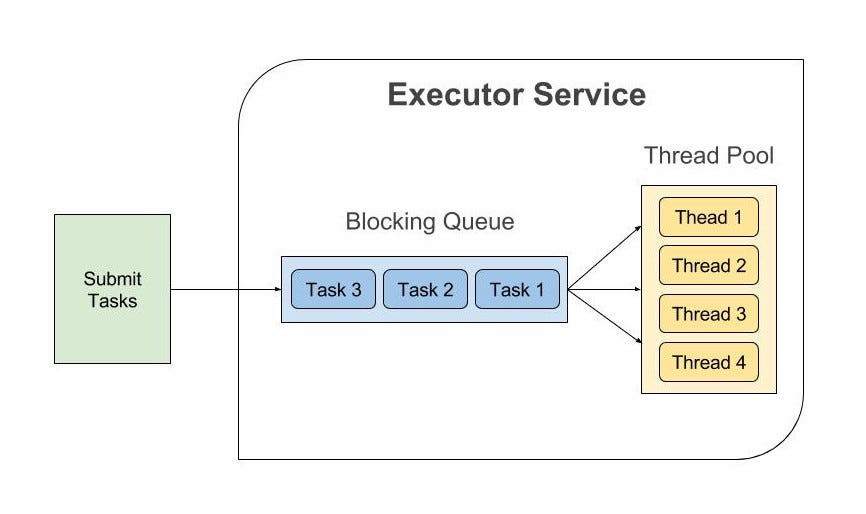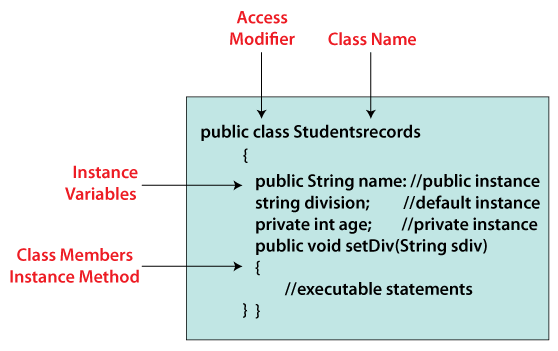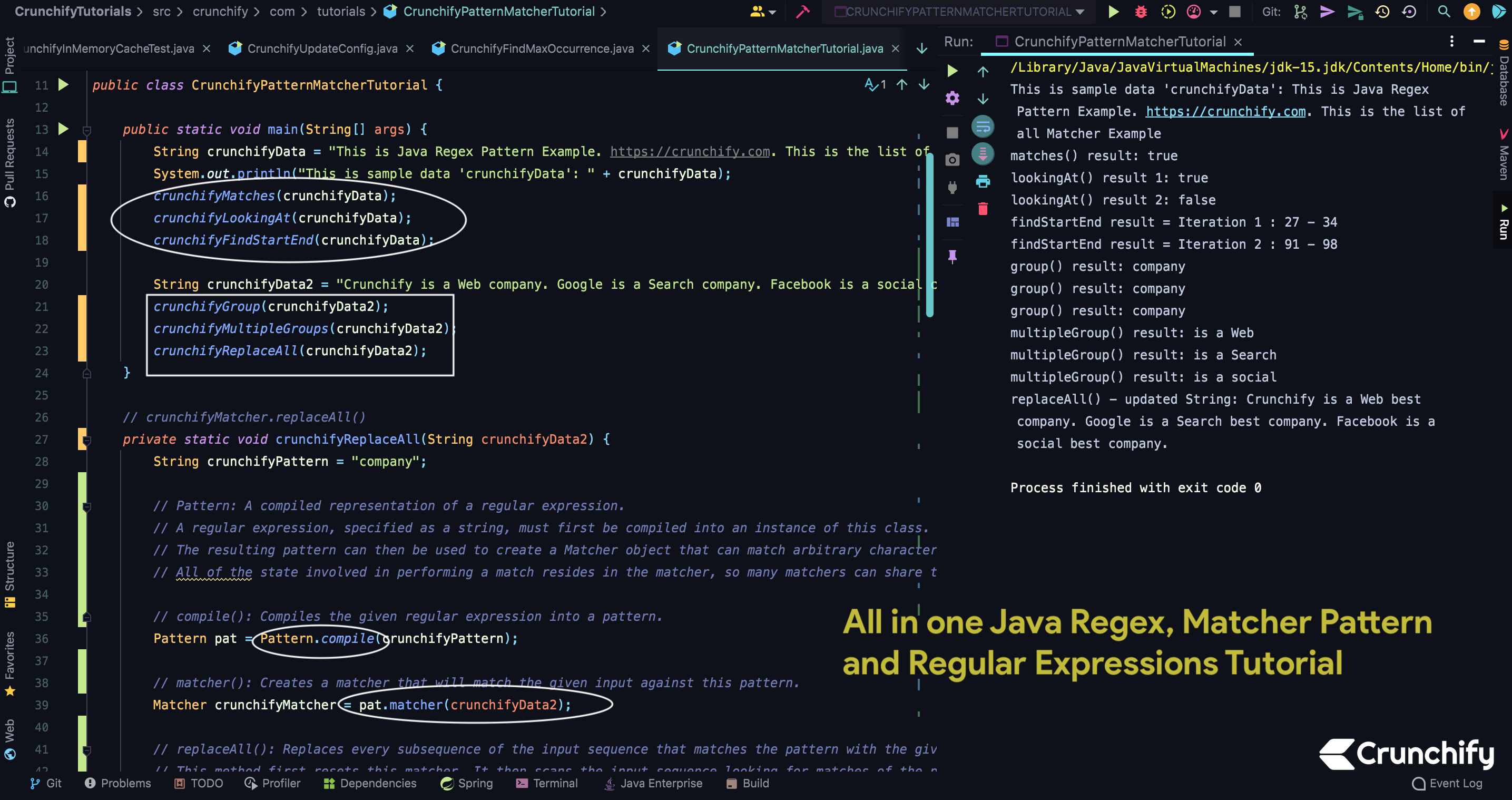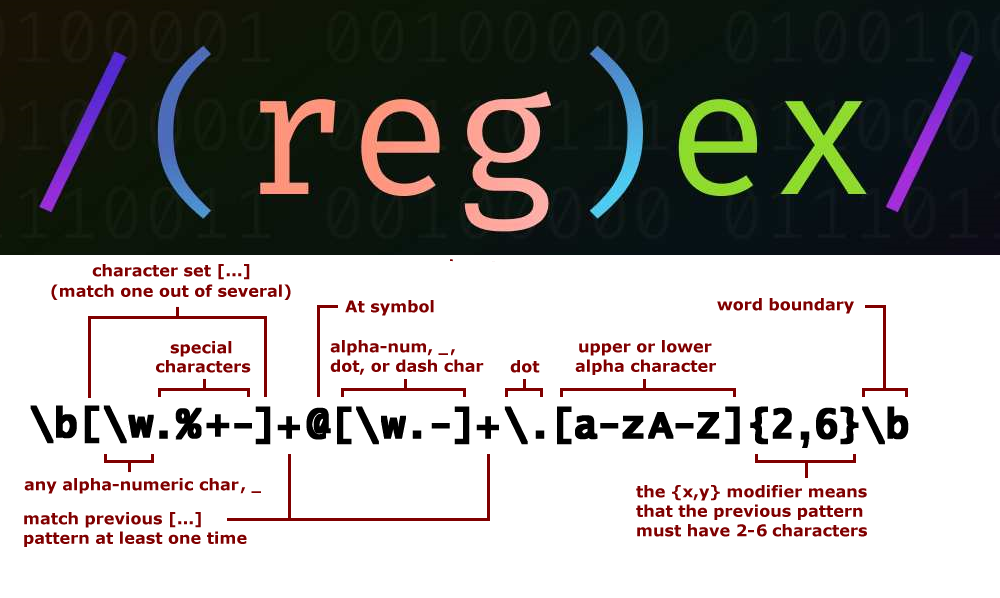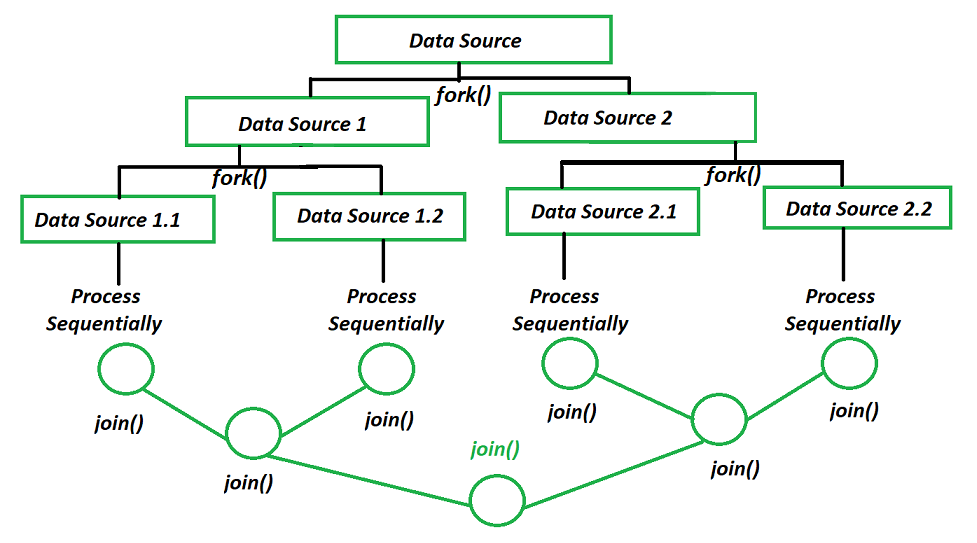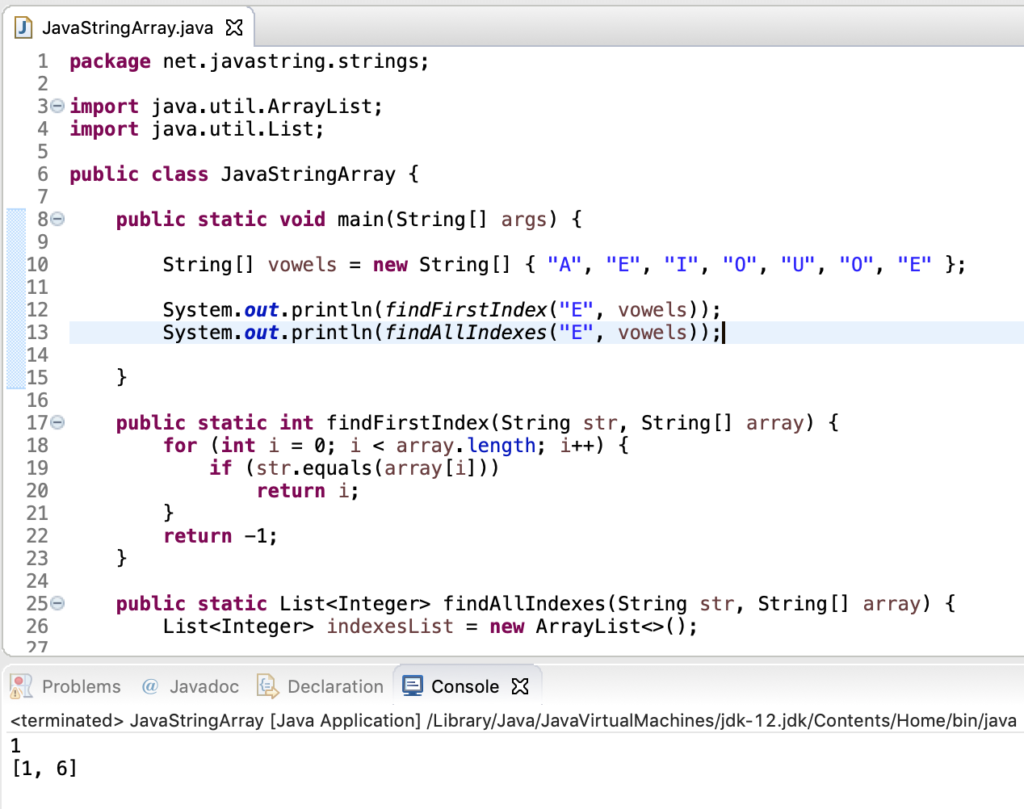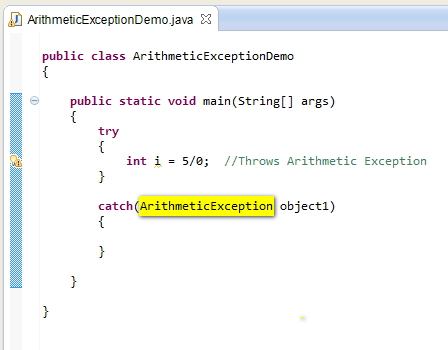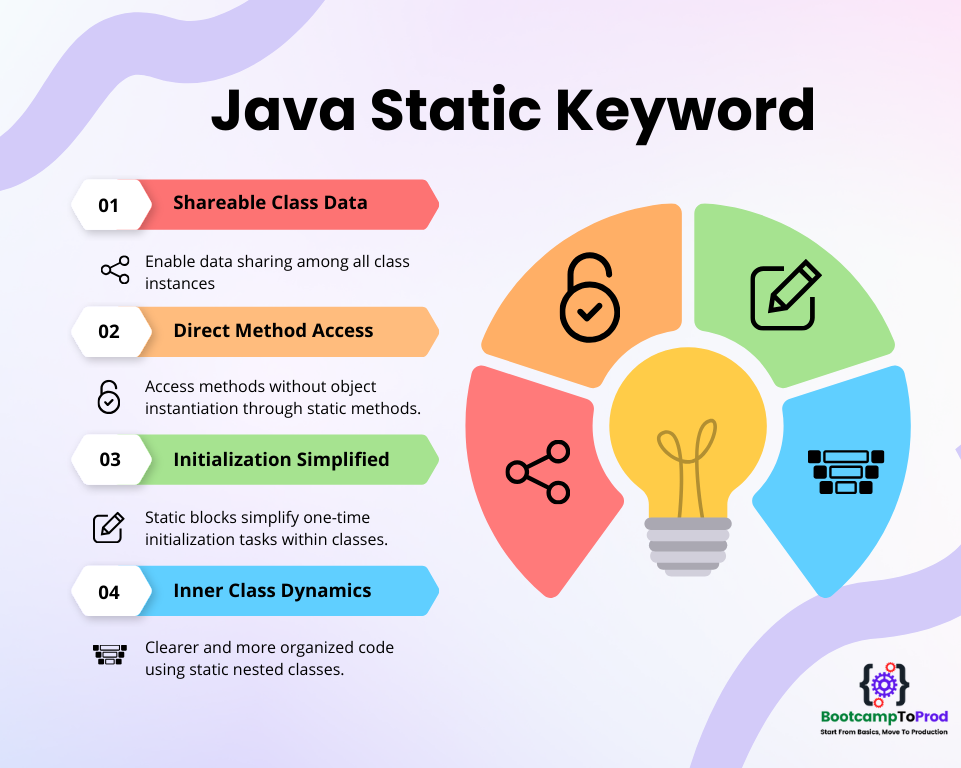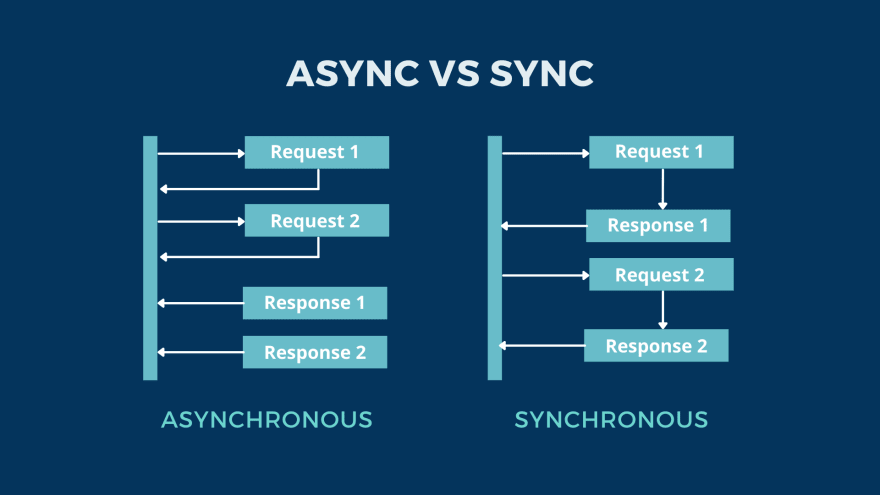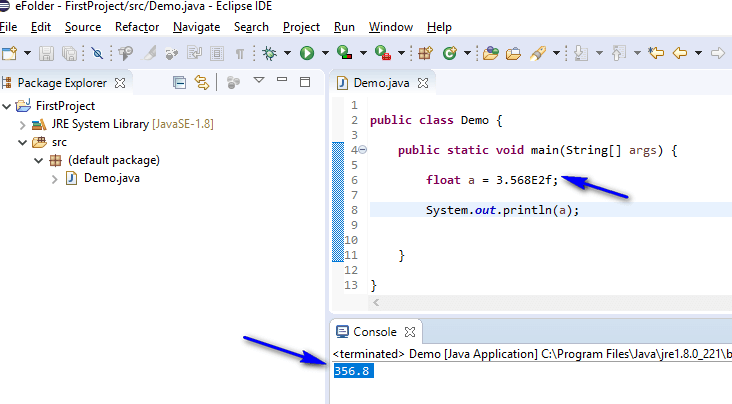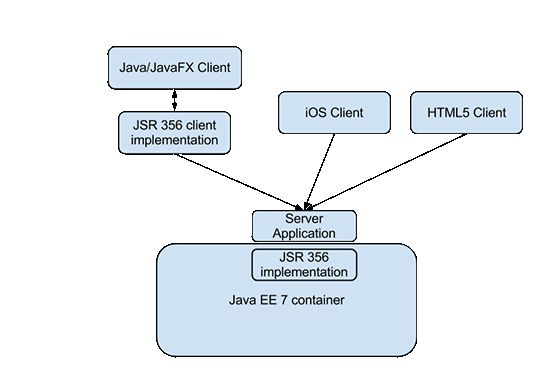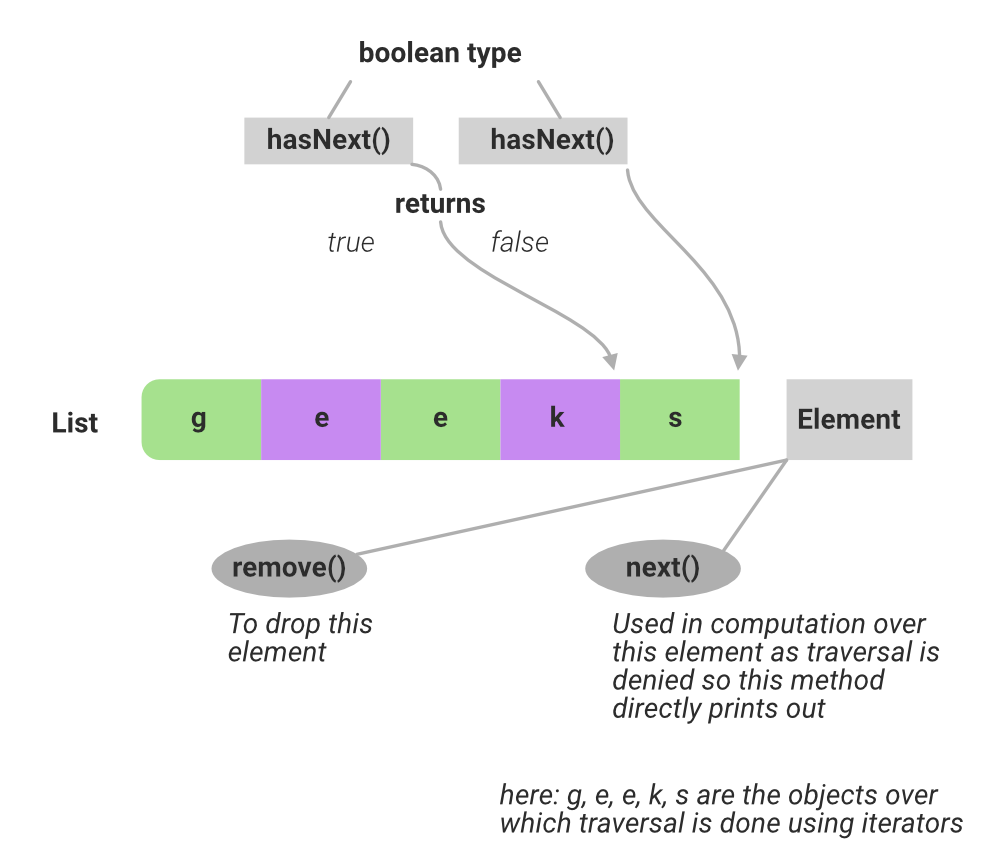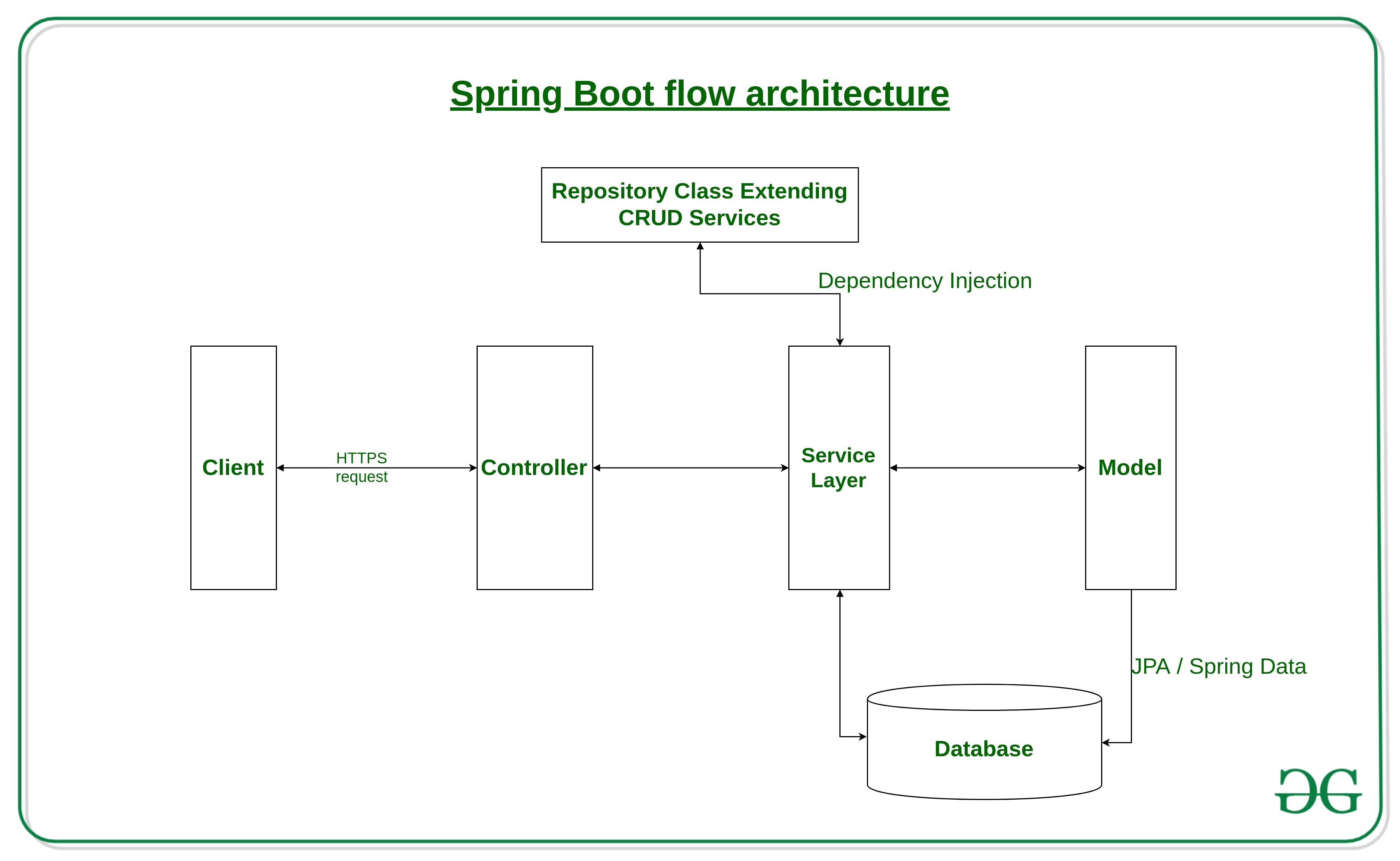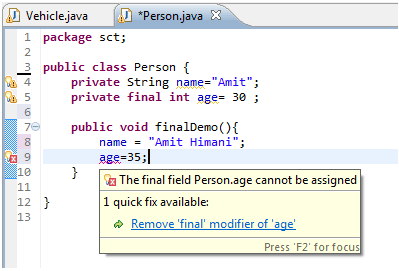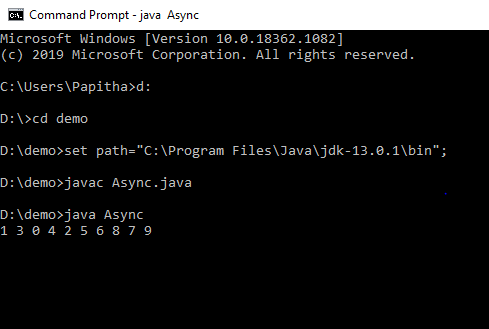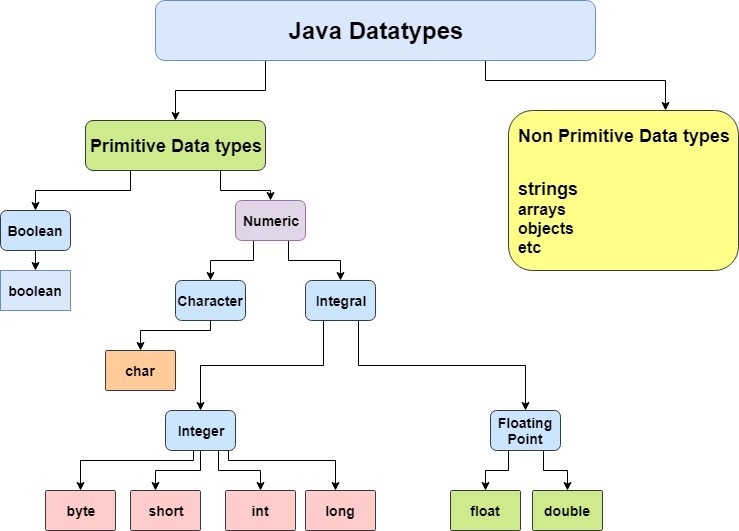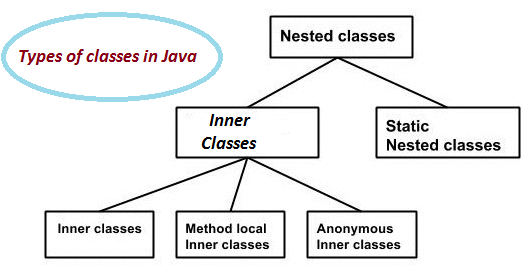Purpose of abstract class in java with example
Purpose of abstract class in java with example
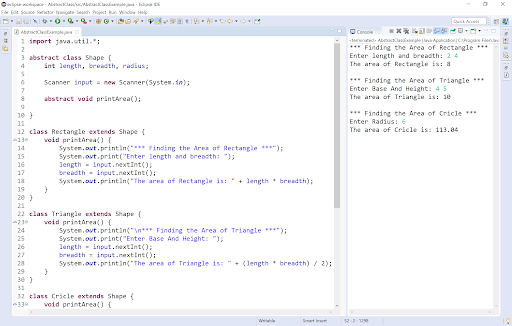
I'm happy to respond in English this time!
Abstract classes are a fundamental concept in object-oriented programming (OOP) in Java, and they play a crucial role in creating complex software systems.
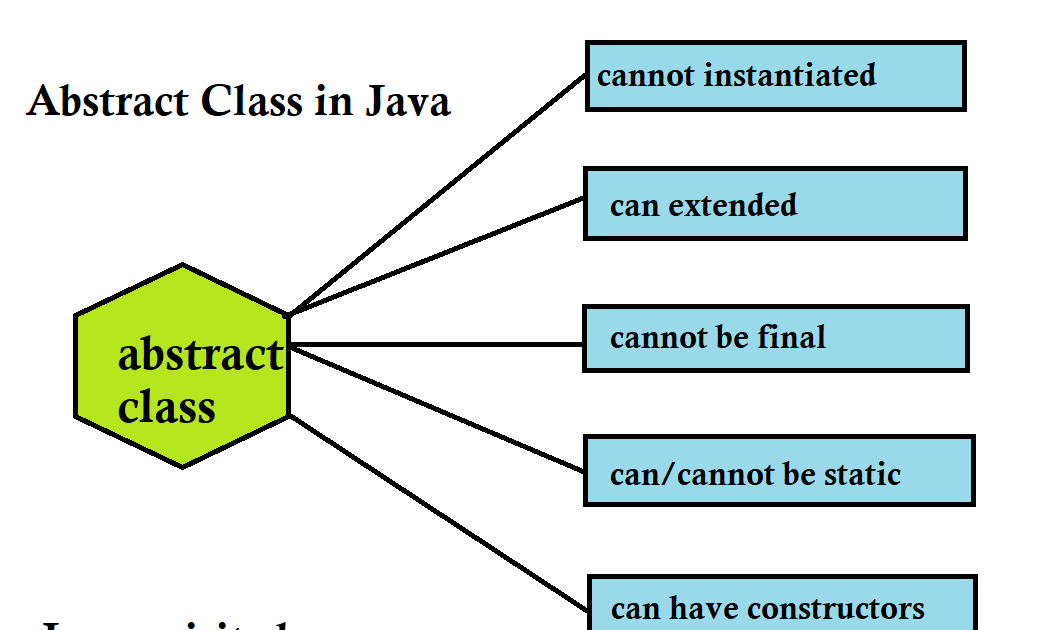
What is an Abstract Class?
An abstract class is a class that cannot be instantiated directly; instead, it serves as a blueprint for other classes to inherit from. In other words, an abstract class is a placeholder for a concrete implementation. It provides a basic framework or structure for its subclasses to follow.
Characteristics of an Abstract Class:
Cannot be instantiated: You cannot create an instance of an abstract class using thenew keyword.
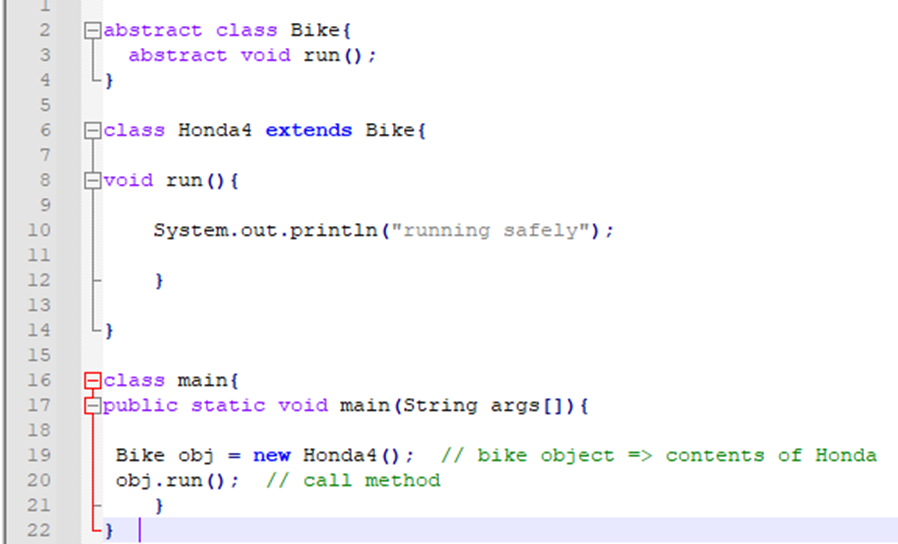
Example: Shape Abstract Class
Let's consider an example of an abstract class Shape that represents various geometric shapes:
public abstract class Shape {
// Non-abstract method: getArea()
public double getArea() {
return 0.0; // default area value for all shapes
}
// Abstract method: calculatePerimeter()
public abstract double calculatePerimeter();
}
Concrete Subclasses
Now, let's create concrete subclasses that extend the Shape abstract class:
public class Circle extends Shape {
private int radius;
public Circle(int radius) {
this.radius = radius;
}
// Override getArea() method from Shape
@Override
public double getArea() {
return Math.PI * radius * radius;
}
// Implement calculatePerimeter() method from Shape
@Override
public double calculatePerimeter() {
return 2 * Math.PI * radius;
}
}
public class Rectangle extends Shape {
private int length;
private int width;
public Rectangle(int length, int width) {
this.length = length;
this.width = width;
}
// Override getArea() method from Shape
@Override
public double getArea() {
return length * width;
}
// Implement calculatePerimeter() method from Shape
@Override
public double calculatePerimeter() {
return 2 * (length + width);
}
}
Benefits of Abstract Classes
Abstract classes provide several benefits:
Encapsulation: They encapsulate common behavior and attributes, making it easier to manage related data and operations. Inheritance: They enable inheritance, which allows subclasses to build upon the foundation laid by their abstract class. Polymorphism: They promote polymorphism, as you can create instances of concrete classes that share a common interface (methods).In this example, we've seen how an abstract class Shape serves as a blueprint for its concrete subclasses (Circle and Rectangle) to inherit from. This design allows us to define a common set of methods (getArea() and calculatePerimeter()) while still providing specific implementations for each shape.
I hope this explanation has been helpful in understanding the purpose and benefits of abstract classes in Java!
What are the advantages of abstract classes in Java?
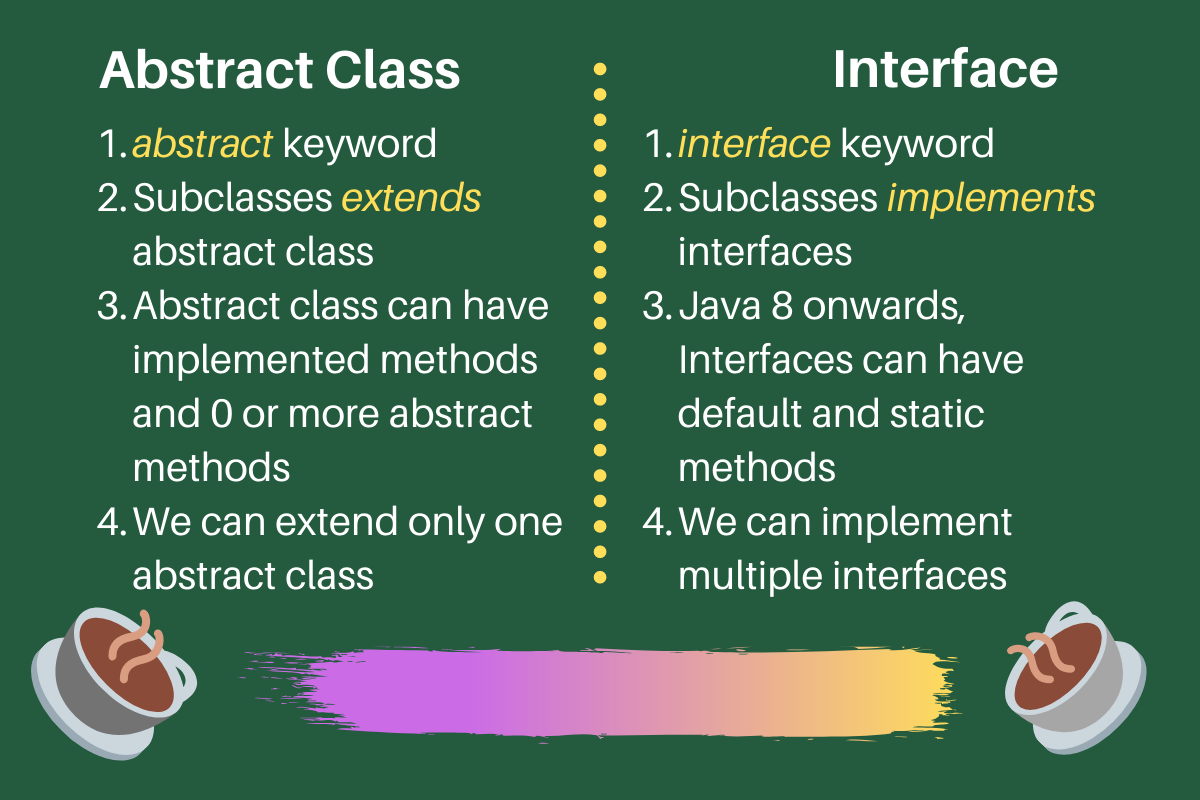
I'll make sure to respond in English this time!
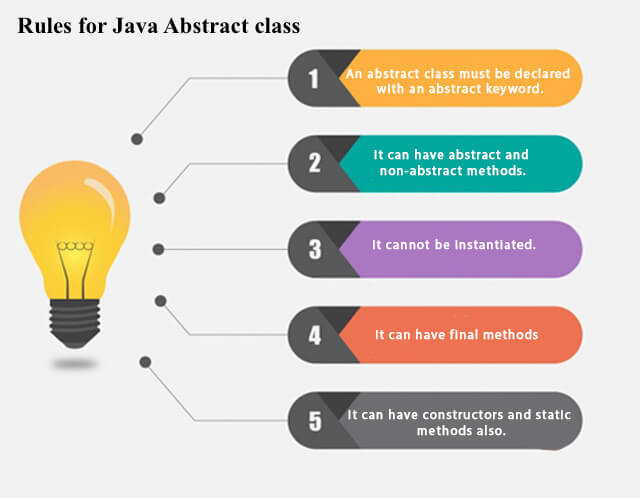
Abstract classes in Java provide a way to achieve code reusability and promote good design practices. Here are some significant advantages of using abstract classes:
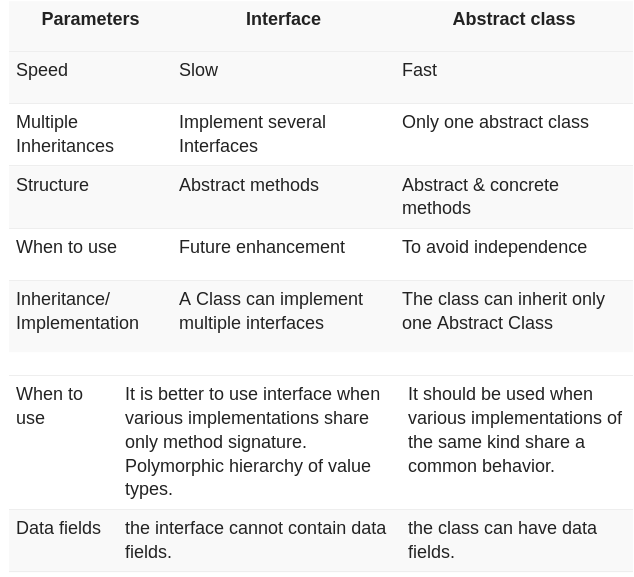
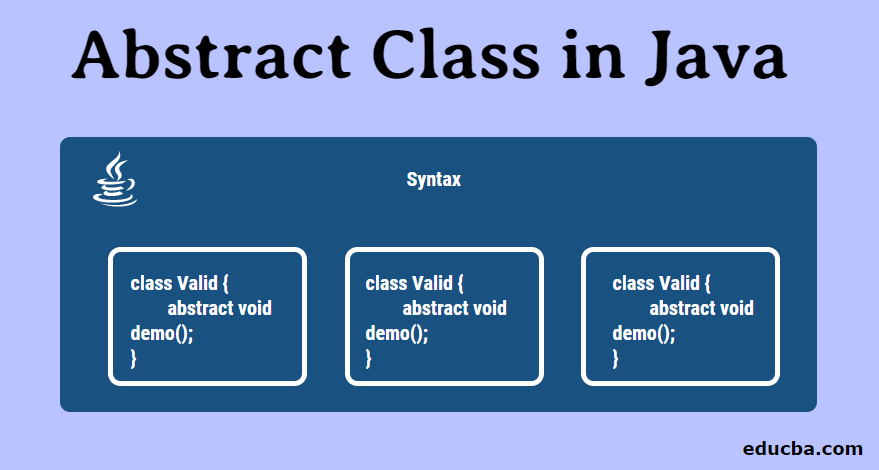
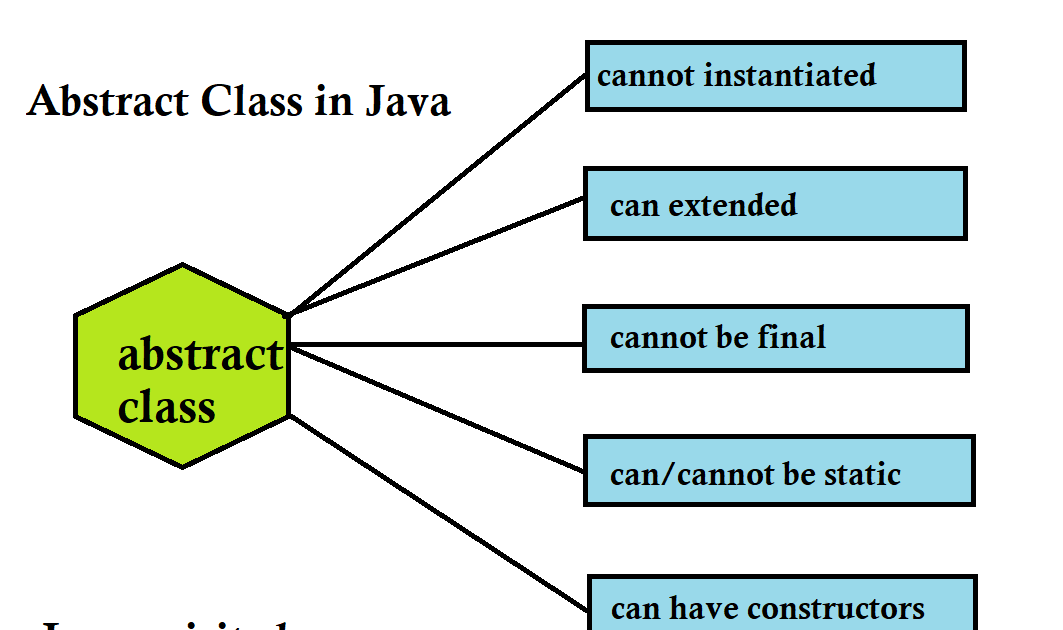
In summary, abstract classes in Java offer a powerful mechanism for achieving better code organization, reusability, and maintainability while providing an abstraction layer that promotes good design practices and facilitates error prevention.


